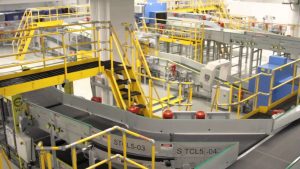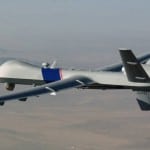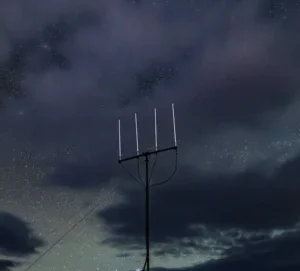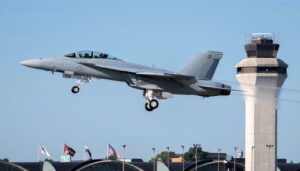
The Transportation Security Administration’s Innovation Task Force (ITF), the agency’s arm that evaluates systems and technologies that may or not be ready for prime time, is installing a “Future Checkpoint” in a TSA testing facility to do technology integration, rapid prototyping and evaluation of new capabilities that could eventually be evaluated at airport checkpoints. The ITF also said that in addition to the opening of the Future Checkpoint in the near future at the TSA Systems Integration Facility (TSIF), it…

 By
By 











